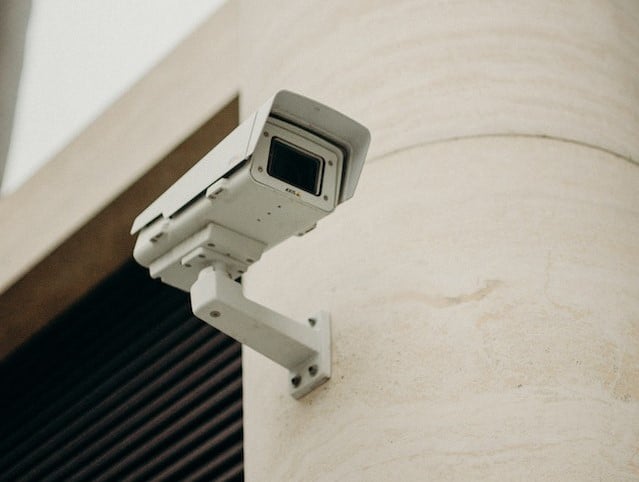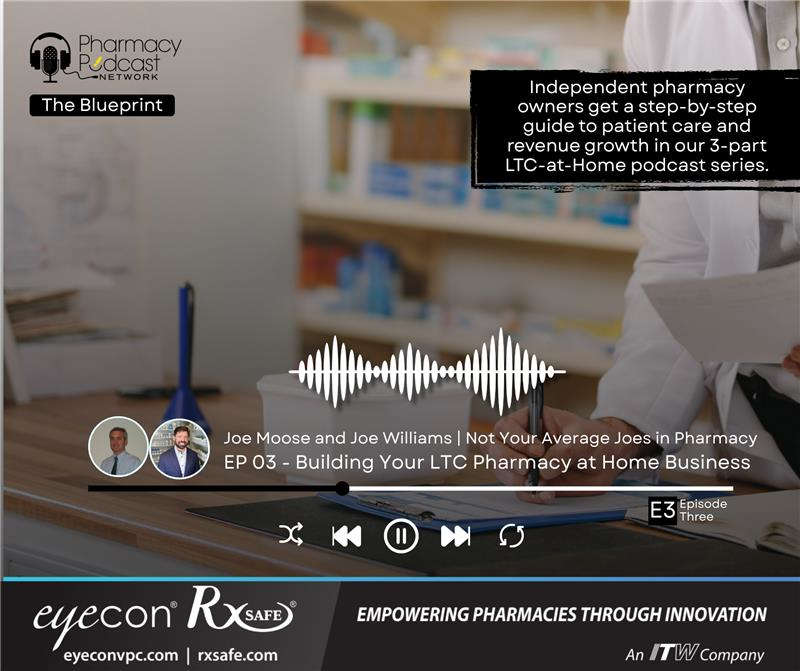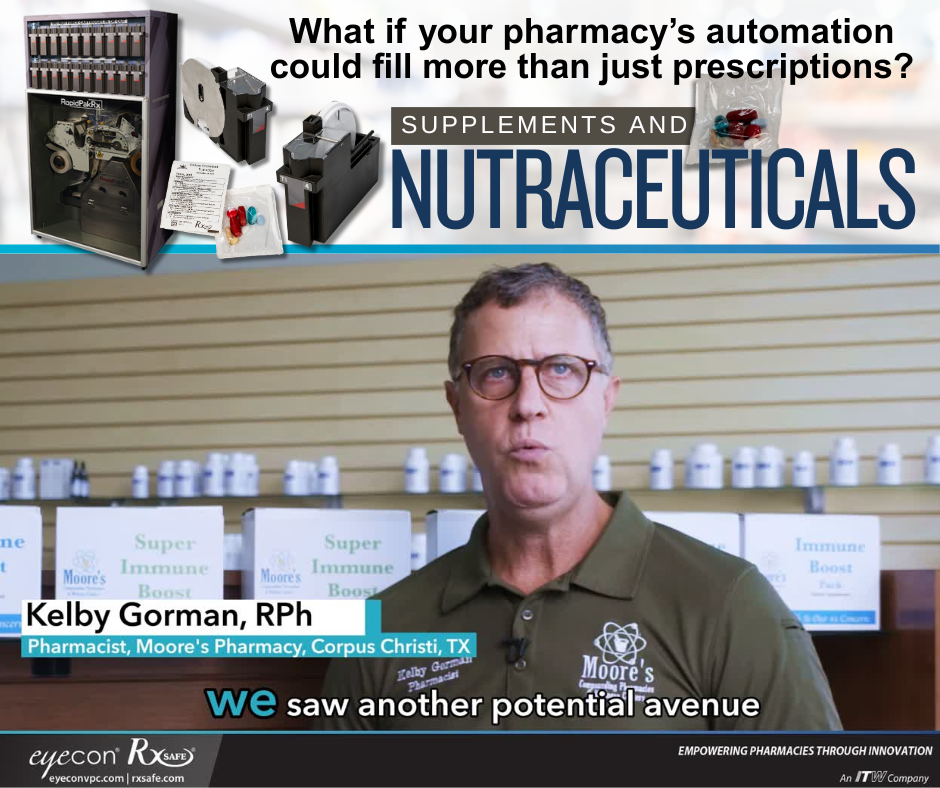From New York City to San Francisco, retail theft is on the rise, and pharmacies are increasingly susceptible to the trend.
According to the National Retail Federation (NRF), shoplifting cost retailers an estimated $95 billion last year, up from $90 billion in 2021.
The cause appears to be a ‘triple-whammy’ stemming from relaxed local laws for petty theft and the nationwide labor shortage, plus a surge in organized retail crime (ORC). ORC is a type of theft that involves teams of people who work together to steal large quantities of merchandise from stores. ORC rings have become increasingly sophisticated, and they are now targeting a wider range of stores, including pharmacies, grocery stores, and big-box retailers.

Retail theft has long been a problem, says NRF President and CEO Matthew Shay, “But the amount of what we’re seeing across the country … has increased precipitously over the last three to four years, and the sophistication of the threat actors has also increased.”
New York City drugstores have been particularly hard-hit, with chain stores such as Walgreens and Duane Reade having to place even sundry items behind locked, plastic anti-theft shelves. Last year, Rite Aid executives blamed out-of-control NYC shoplifting for a $5M revenue hit to corporate earnings.
Pharmacies hit by 1/3 of thefts
In 2022, there were more than 22,000 shoplifting arrests in NYC, a 45% increase from the previous year. And of those arrests, nearly a third involved pharmacies.
The city's bail reform laws have exacerbated the problem. Under these laws, many people arrested for nonviolent crimes, including shoplifting, are released without bail. This has made it easier for shoplifters to reoffend.
The rise in retail theft in pharmacies is having a significant impact on businesses. In addition to losses from stolen merchandise, pharmacies are having to spend more money on security measures, such as installing security cameras and hiring security guards. In some cases, the thefts have been so severe that pharmacies have been forced to close.
In San Francisco, the high rate of pharmacy theft is a serious problem for businesses and consumers. Businesses are losing millions of dollars each year due to theft. According to a 2021 report by the California Retailers Association, San Francisco had the highest rate of pharmacy theft in the state, with an average of 12 thefts per store, per year – 4 times the statewide average of 3 thefts per store, per year. Like New York City, San Francisco has enacted bail reform laws. City officials are considering rescinding those laws.
Shoplifting isn’t restricted to coastal cities, however. Walmart has closed stores in Portland and Chicago. In the Windy City, Walgreens recently rolled out a new store layout that locks away all but two aisles of products from shoppers as part of a push reduce shoplifting. Meanwhile, Target this year has closed stores in Minneapolis, College Park, MD, and Falls Church, VA. Target attributed $400 million in losses to ORC, or organized retail crime, in 2022.
Crime rings a growing threat

ORC rings often target pharmacies because they sell high-value items, such as prescription drugs and over-the-counter medications. They may use a variety of methods to steal from pharmacies, including:
- Fraudulent returns: ORC rings may return stolen merchandise to pharmacies for a refund. They may also use counterfeit receipts or credit cards to make fraudulent purchases.
- Theft of controlled substances: ORC rings may steal prescription drugs, such as opioids and other pain relievers. They may also steal over-the-counter medications that can be resold for a profit.
- Shoplifting: ORC rings may send teams of people into pharmacies to steal large quantities of merchandise. They may also use distraction techniques, such as fighting or causing a disturbance, to create a diversion while they steal.
In addition to the financial impact, ORC also poses a safety risk to pharmacy employees and customers. ORC rings may be armed, and they may be willing to use violence if they are confronted.
What can pharmacies do?
Retail theft is an ongoing, complex problem, which won’t be solved overnight. Solutions include becoming more alert, raising awareness, focusing on security, and changing local laws and policy.
Here are some specific ideas to fight back:
- be aware of the signs of ORC, such as large numbers of returns or suspicious activity in the store; train employees how to prevent and report ORC;
- work with other retailers and law enforcement to raise public awareness about retail theft and the consequences of committing this crime;
- install security cameras, hire security guards, and implement other security measures to deter shoplifters; and
- encourage lawmakers to consider changes to bail laws to make it more difficult for shoplifters to be released from jail after being arrested; at the same time, push for better laws to deter and punish ORC.



.png)



.png)

